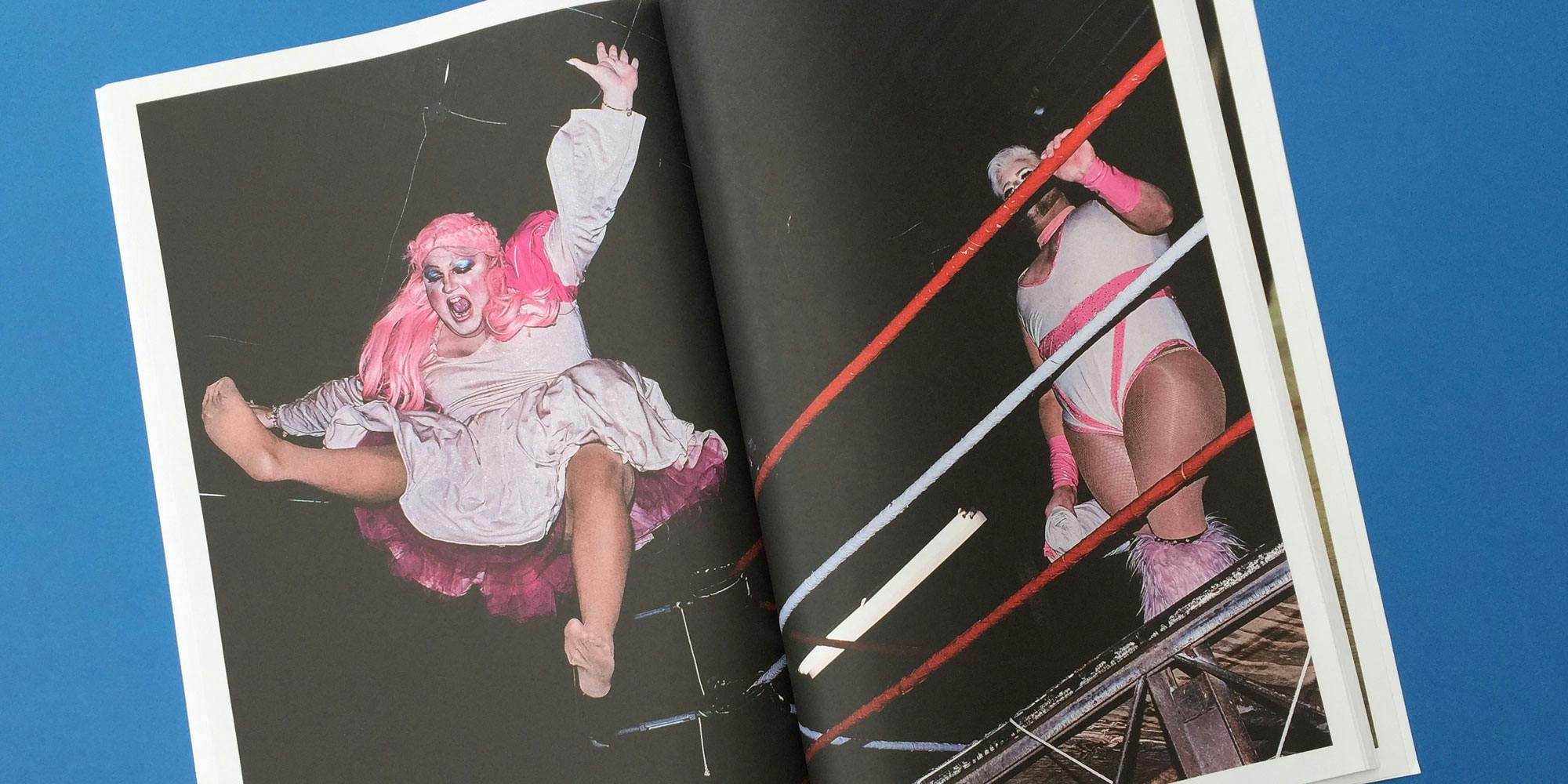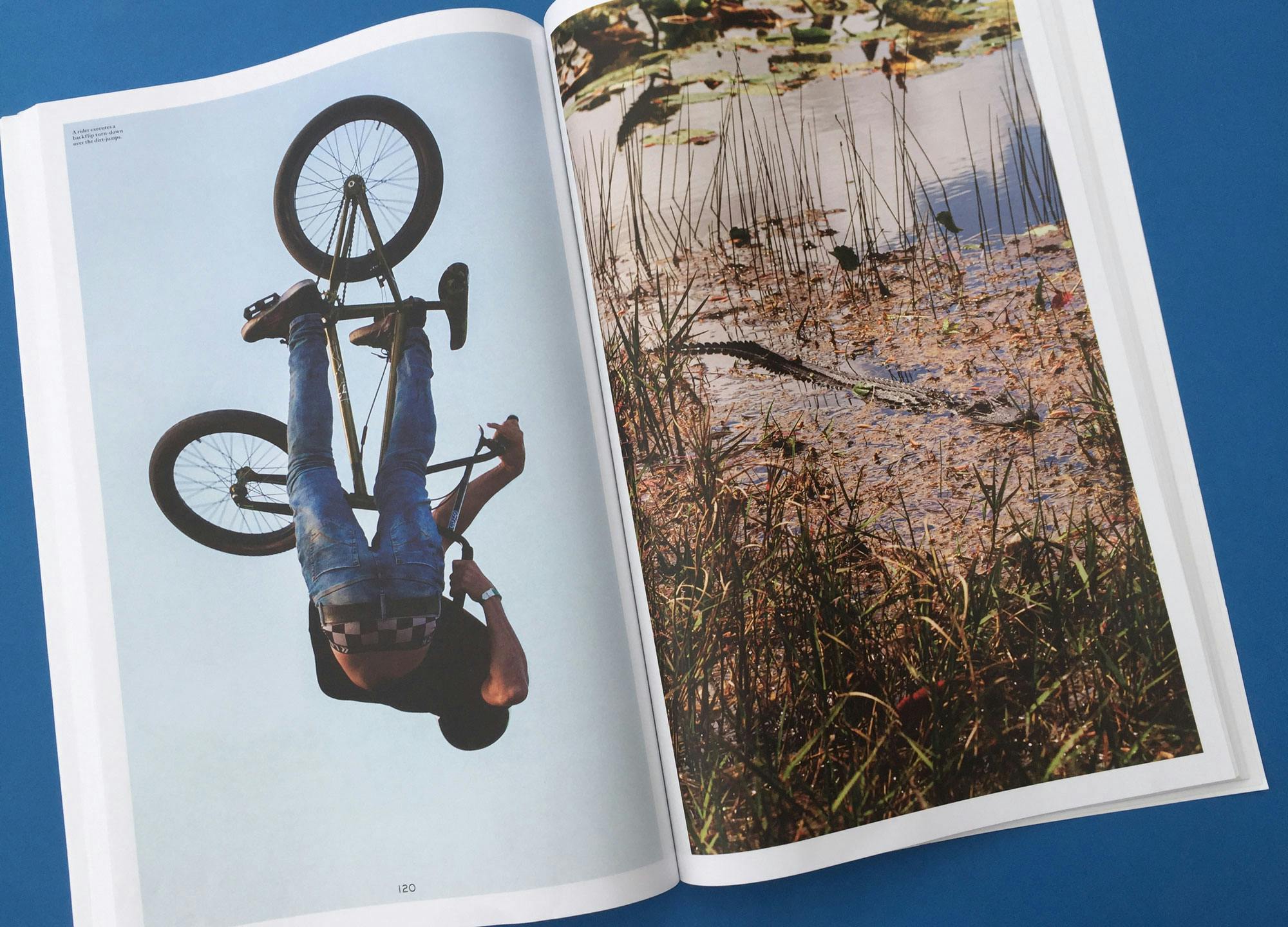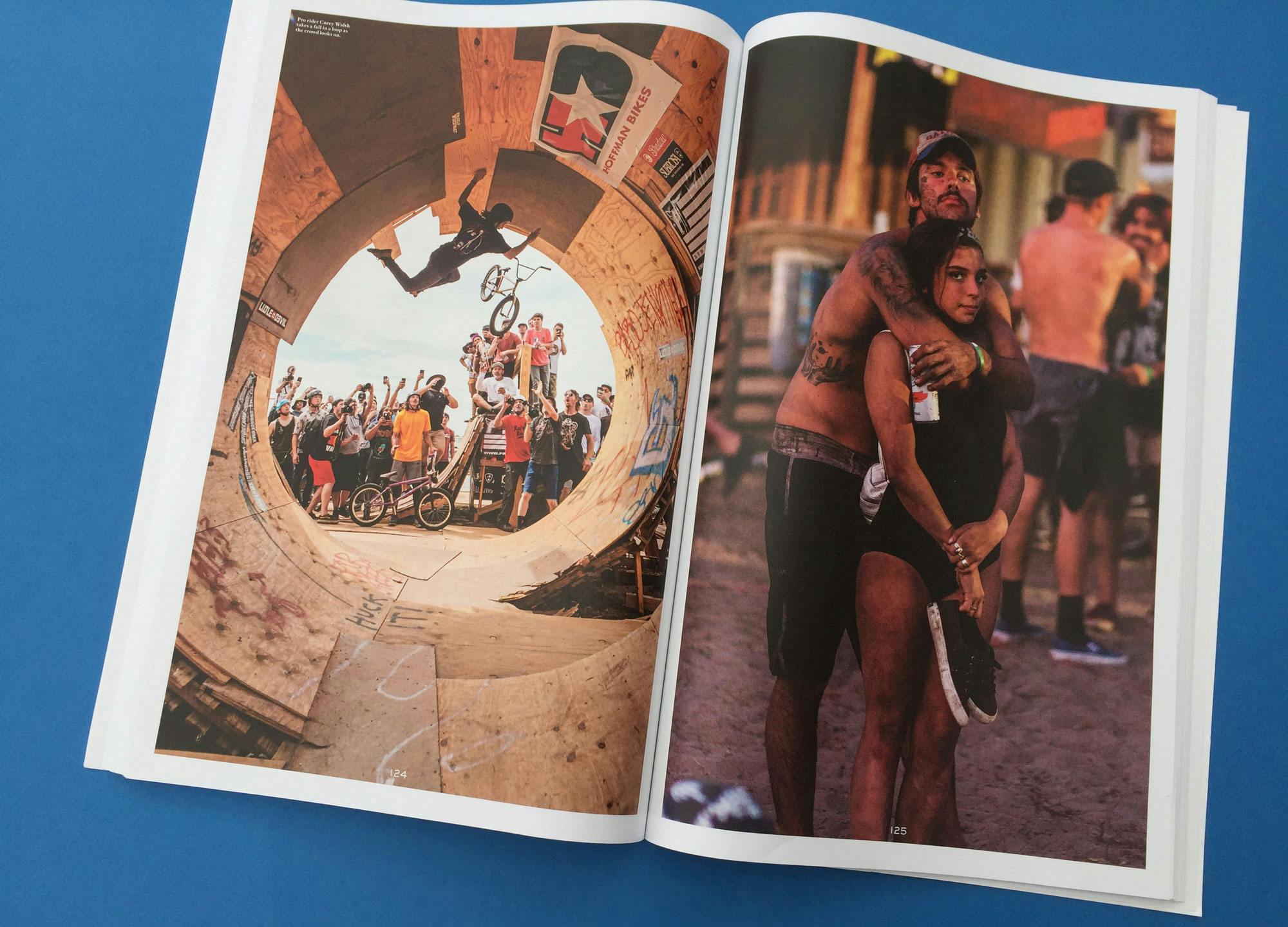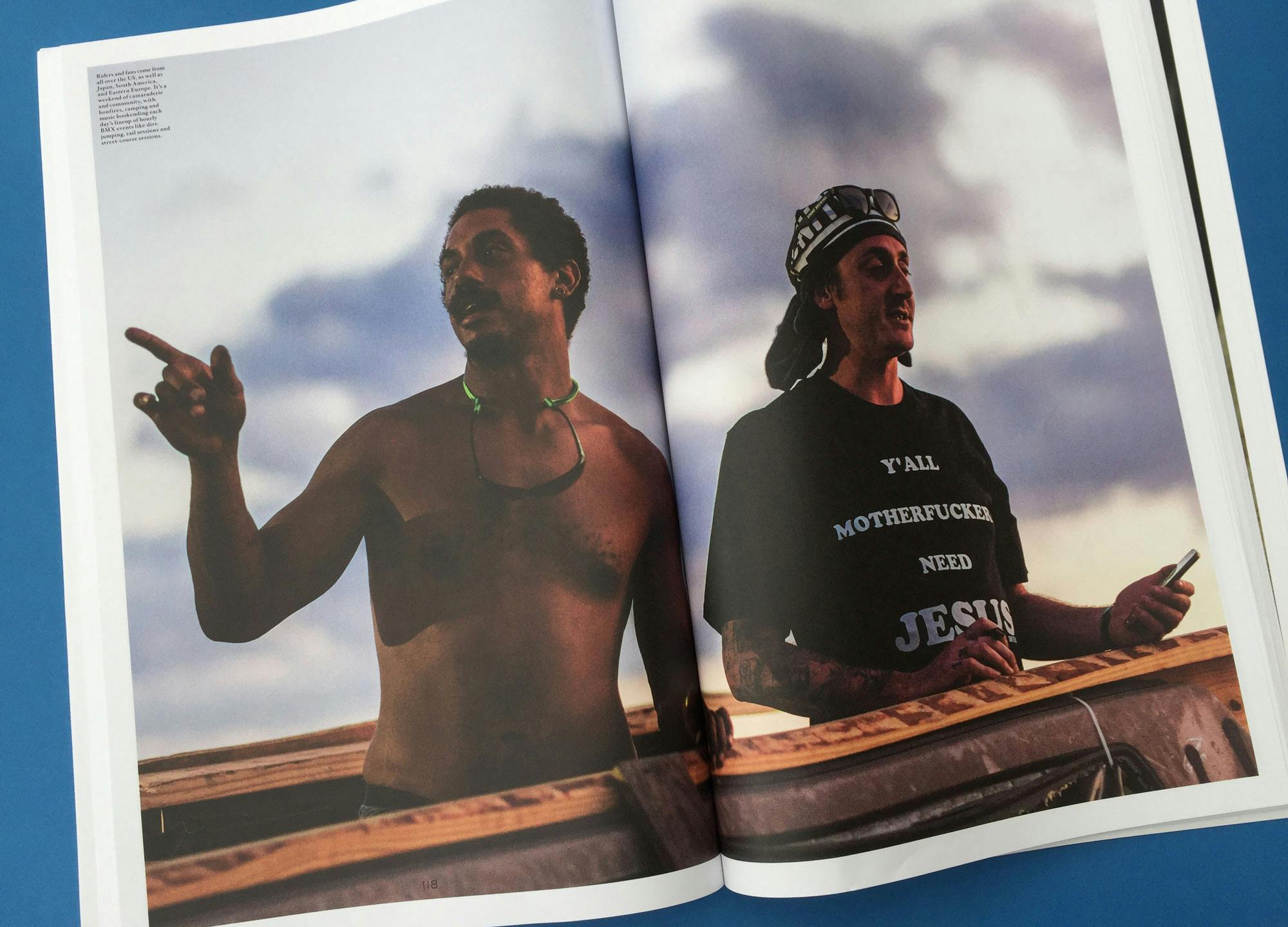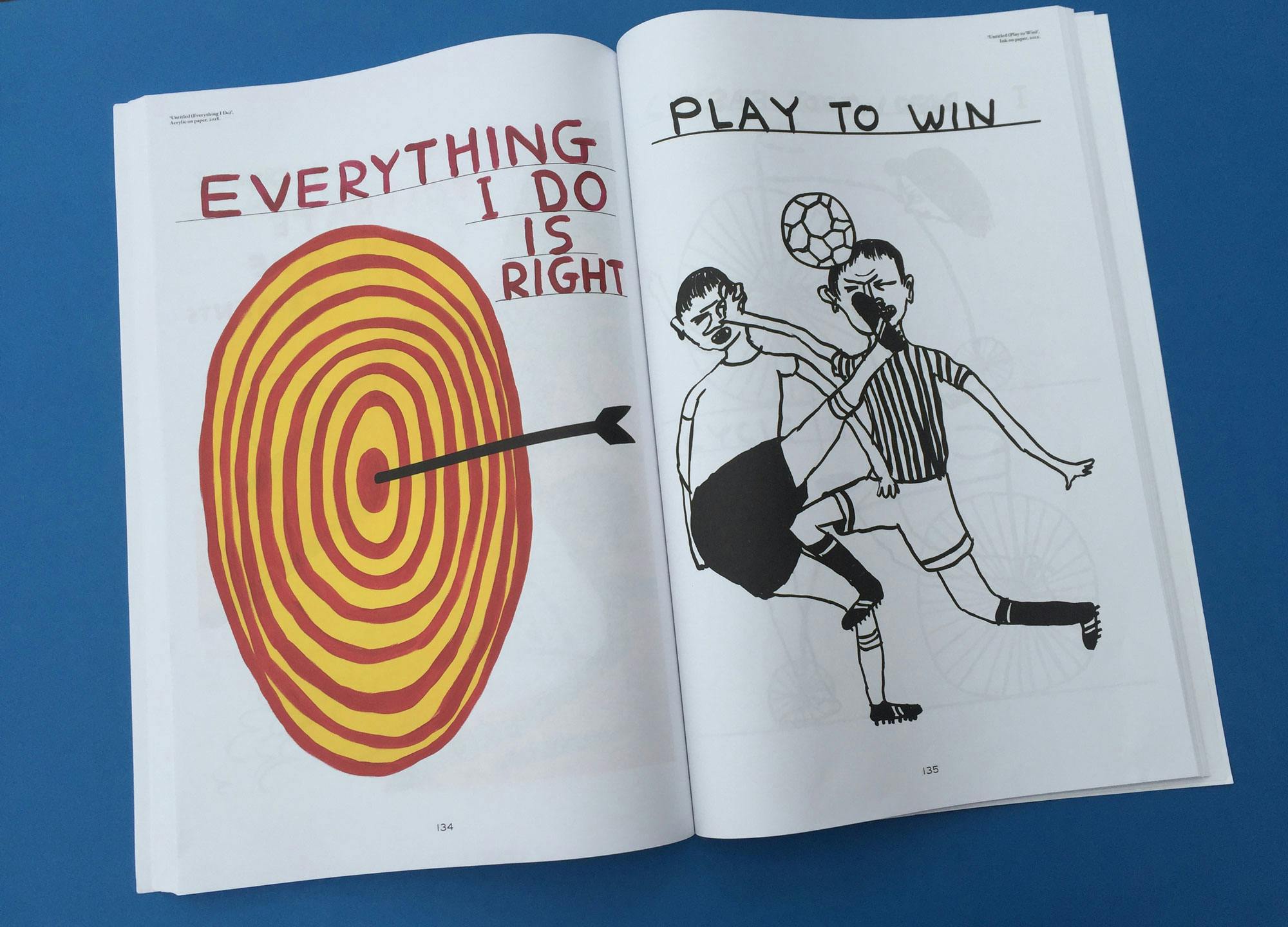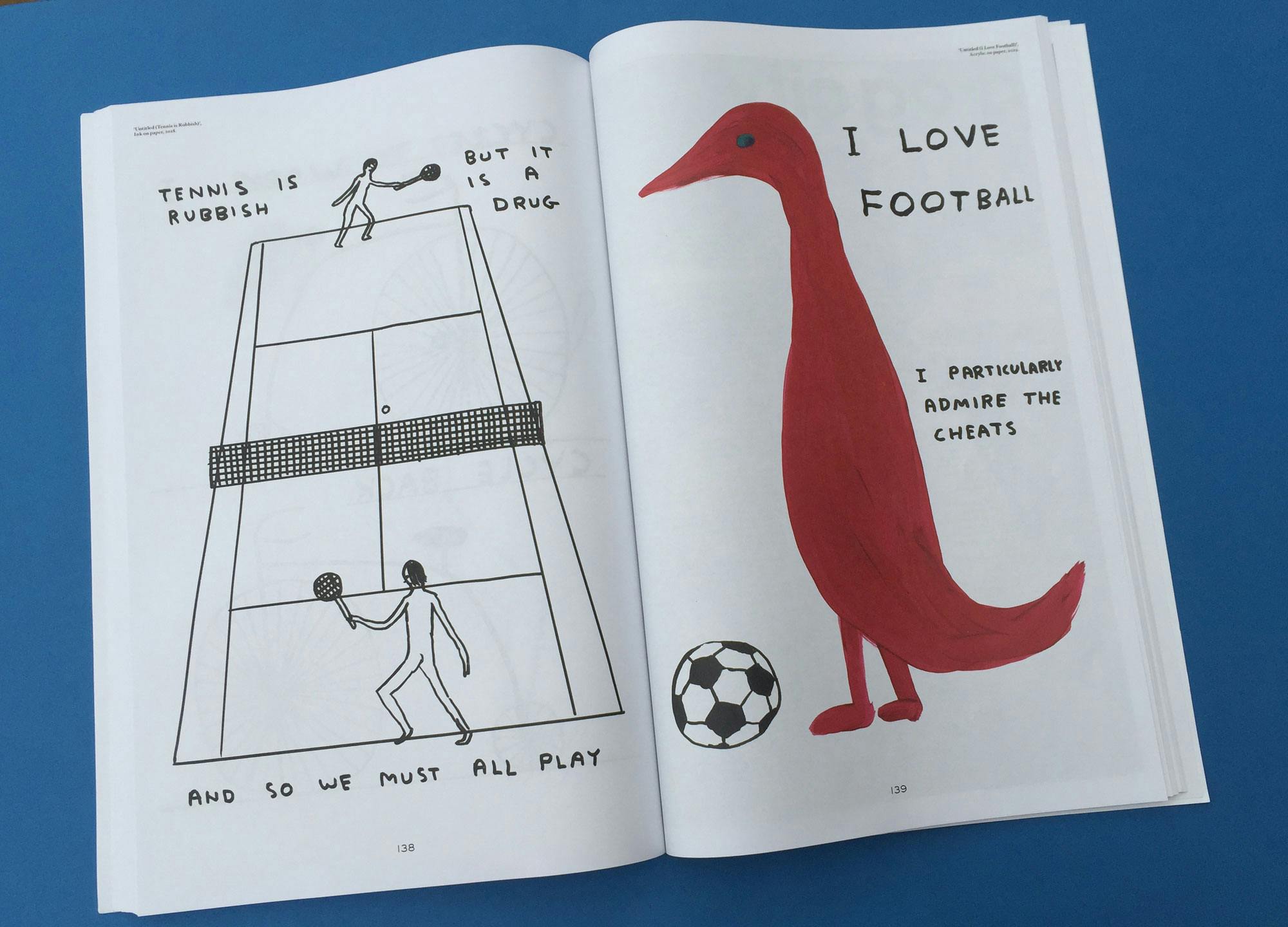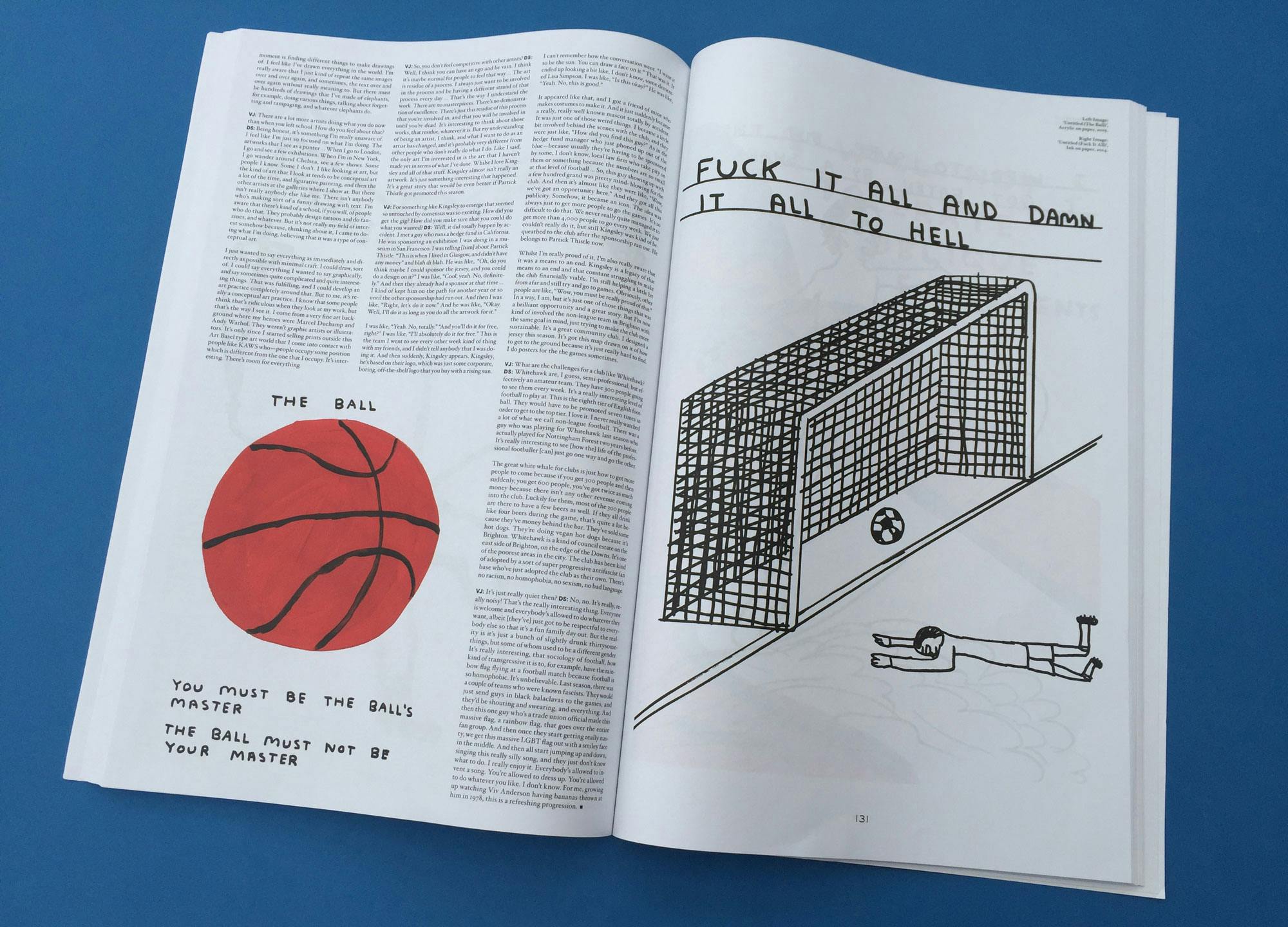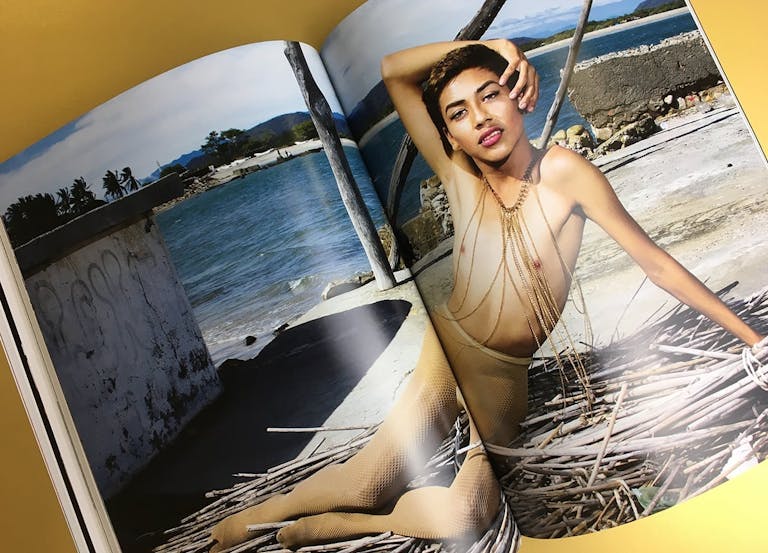“The story needs to be temporal but also eternal”
A sports magazine with a knack for capturing unexpected stories (the cover star for issue 17 is a drag-queen-cum-WWE-wrestler) the photographs in Victory are so gorgeous, they make every other magazine on the newsstand look bad. Victory is also so fabulously big it’s difficult to hold comfortably. Opening it evokes the not unpleasant sensation that you are falling into the page.
Editor Christopher Isenberg works on the magazine with co-founder and art director Aaron Amaro, deputy editor Kate Perkins and photo editor Shane Lee Lyons. Christopher spoke to me over the phone from New York about making a magazine in the time of coronavirus, and how many “beats” it takes to craft the perfect photography story.
I love the feature on Detroit FC. Why is your focus on the fans, not the players?
We’ve had a lot of images of soccer, so it’s hard to make soccer stories stand out — but this one did because it’s more about the passion of the fans than the players being that incredible. We ran the Detroit FC story with one page of text, which is a format we make work in a lot of ways: you can pop 10 pages of additional imagery after that text, or you can pop four pages of additional imagery after it. This is a five-page-story: it warrants more than one image, but at the same time, maybe it wasn’t going to be a 12 or 14 page story in the magazine because you need a lot of different beats to make that work.
What do you mean by “beats”?
There’s a rhythm to photographs when you look at them in sequence, that, when it’s done right, creates a story with narrative beats and visual departures. If everything is just shot at the same angle — looking over the field towards the crowd for example — and you have 10 images like that… that’s not going to work. You have to be zooming in and zooming out.
The feature on the Florideah Swampfest, a BMX mecca for amateur riders, encapsulates for me the brilliant strangeness of the sports stories you run, and the unusual level of access you’re looking for. Can you tell me what makes a Victory story?
That’s a really good one. There’s a bit of travel involved, and there’s a subculture involved so you’re able to capture its different elements; what people are wearing and what tattoos they have. And then there’s a fairly serious athletic event going on. All that gets you to a place with a story where it has enough beats to sustain 10, 12, 14 pages. The compositions are dope, it’s very well photographed. You can zoom in on a piece of the action: someone’s upside down; you have this detail of a crocodile that gives you a total sense of place. Every new page of it has new information so it’s deserving of your attention all the way through: that couple’s a really strong beat, the shot through the tunnel’s a really strong beat. This is not my personal favourite of all Victory stories, but the photographer Brian Barnhart really did the work: he spent the time on this and he knew what he wanted to get.
What is your favourite Victory story of all time?
There’s a story Chris Anderson did about water jousting in France: you’re seeing this athletic event but you’re also seeing all these different personalities; and there’s a very strong action shot of someone falling. I also love a story we ran in issue 9 by Allessandro Simonetti, about high school cross country championships run in the snow. That story sounded like it might be boring, but it was actually incredibly exciting and dramatic. It was just really rugged: the backdrop of the snow, and the multiple kids taken away to the hospital for overexertion. A lot of things about those images turned out differently from how I expected. I love that. When you get into something that you think you know, but the photographer shows you something so different — they show you how they see. I also love Nils Ericson’s work.

Photograph by Nils Ericson
You’re a photography magazine but you also feature drawing. Why?
We feature fine artists of one stripe or another in every issue. Me and Kate [Perkins] are big fans. What was great doing the story with him was that sport is not just a metaphor or visual device in his work. He’s been intensely engaged with football his whole life and I loved hearing about that journey. We are always hoping to find that sort of overlap between art and sport, but it was the most organic with him that it’s been for us. He was a great interviewee and generous with his time and spirit. We are really proud to have him in this issue.
Every photograph I look at where people are touching each other and touching their own faces feels like a relic from a different time. I hope things will go back to normal in the coming months, but how are you planning to make Victory in the meantime? Do you have a plan?
We’re very close to having an issue wrapped; I think we have enough in the can do an issue even if it came out in May/ June. But it’s unclear whether we could distribute an issue then, and how we could assemble enough material for the next issue, out in the fall. We’re moving forward with everything, but we also know that we’re probably going to need to adjust. I don’t think we’re feeling this massive rush to do, like, ‘sport in the age of covid’, although we could photograph empty stadiums or see what people are inventing in their basements. Maybe some of that stuff will bubble up, but our responsibility is not to document the current moment. We have to run something that will hold for two years or five years — the story needs to be temporal but also eternal. It’s also our tenth anniversary this year so we’re going to celebrate that. Not right now! But at some point.
